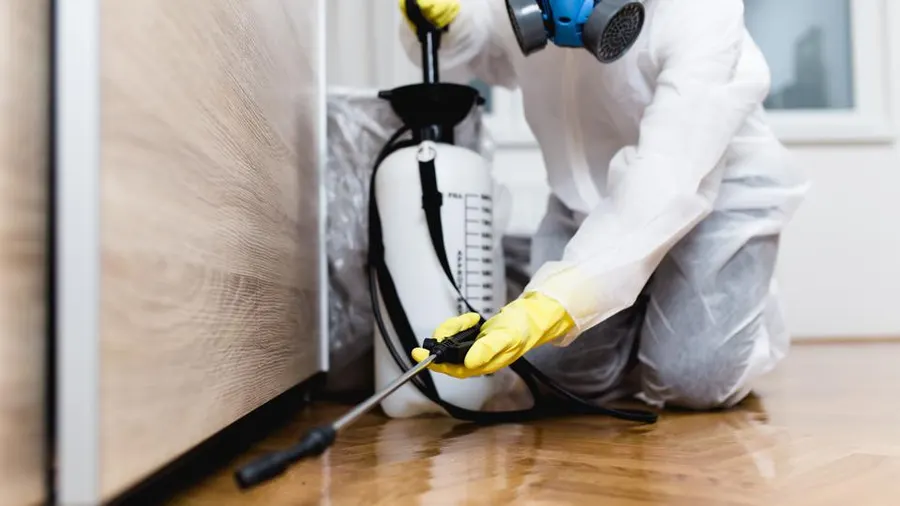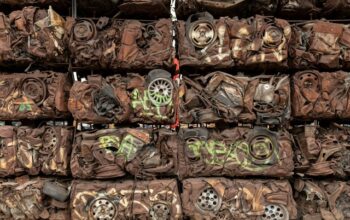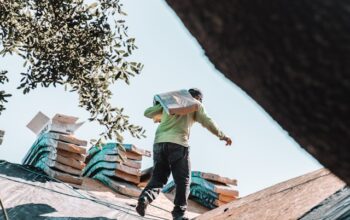As spring begins, termites swarm and search for new homes to feed on. They are not household pests that homeowners can ignore. Homeowners should watch out for signs of a termite infestation, such as mud tubes (wet when fresh, dry when old) along the foundation and wood, sawdust piles beneath wooden items, hollow-sounding wood, and discarded wings around windowsills and doors.
Damage to Wood
As termites eat away at wood, they create tunnels that encase the structure. This encasement can weaken the design, making it susceptible to collapse or rot. Homeowners can avoid this damage by regularly inspecting for signs of a termite infestation Key West, such as hollow-sounding wood. Mud tubes are easily one of the most apparent signs of a termite infestation. These tubular, wet, and muddy-looking structures lead to infested wood where the termites feed. Typically, they form along the ground but can be found on the walls of a house as well.
Another sign of a termite infestation is swarmers or wings. Swarmers are reproductive termites that emerge from mature colonies to establish new ones. They are usually brown or black and resemble tiny pellets. You may also see discarded wings on window sills or in the corners of rooms. Call a termite pest control company immediately if you notice these signs!
Mold and Mildew
Mold spores are also dispersed by termites when they gnaw on or crawl through wood. These spores can be inhaled and cause respiratory problems for people with asthma, allergies, or other breathing conditions. Mold spores are also known to trigger other health issues, such as eye infections and rashes in the skin.
Mold can be found in various colors and textures, including fuzzy, powdery, or velvety. It can grow on multiple surfaces, from paper products to drywall, carpet, and fabric. It is often caused by high humidity levels, condensation, or moisture problems and can lead to structural damage.
Another standard indicator of a termite infestation is frass, a wood-colored dust that can be mistaken for sawdust. It is usually found around doors and windows. You may also see mud tubes, which are tubular and wet when new and dry when older. Termites use them to travel between the soil and their food sources.
Water Damage
Termite infestations can cause severe water damage in your home, which means costly repairs and a possible health risk for you and your family. These wood-eating pests feed on the cellulose found in living and dead plants and trees, including the wood that makes up your home’s walls. Termite infestations can be identified by termite-related symptoms such as sawdust, abandoned wings, pencil-width mud tunnels beneath and around wooden structures, clicking noises from your walls, and tiny holes in your drywall.
Moisture is the most significant contributor to a termite infestation, so keeping wood away from your house effectively reduces the risk of an infestation. Store firewood and lumber several feet from your home, and avoid using wood mulch in your garden. A licensed pest control team can help maintain the safety and health of your property with routine termite inspections. During these inspections, the experts look for early warning signs of an infestation that can be corrected before it worsens.
Structural Damage
Termites help break down dead trees in forests, but they do far more damage when they invade homes and other buildings. They eat wood and cellulose, causing structural damage that can cause walls to collapse. They can also damage ceilings and floors, making them unusable. One of the first signs of termite infestation is indentations or holes in drywall. Termites create these pinholes as a way to escape walls. You may also hear hollow-sounding wood when you knock on wooden surfaces in your home.
In addition, termites’ mud tunnels can dampen your home. Mold growth and other health issues may result from it. It can also exacerbate existing allergies and asthma, especially in people with preexisting conditions. Termite infestation is not only expensive to treat, but it can leave your home irreparably damaged. Fortunately, it’s possible to prevent such an invasion by following basic home maintenance practices, including using concrete foundations and reducing moisture issues.




